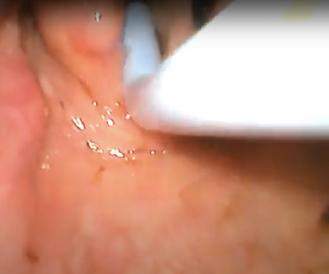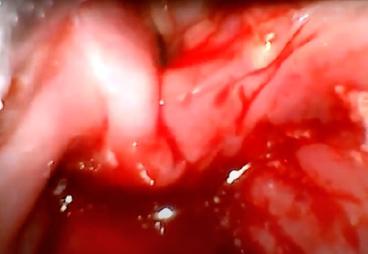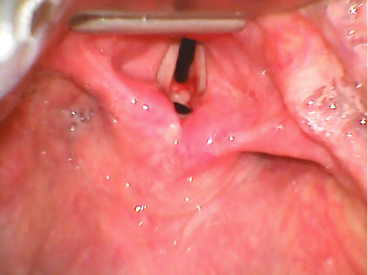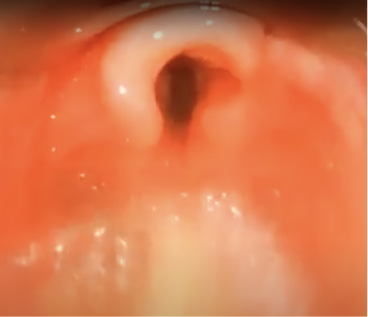This is a collection of videos and images showing the larynx during different intubation conditions.
- Easy Intubation
- Challenging Intubation
- Fluid in airway
- Nasopharyngoscopy
- Pathological airway
- Pediatric airway

Here is a sample of some real-life videos of laryngoscopy and intubation recorded with a video laryngoscope.These intubations were performed with ease and did not require any airway manipulation/ accessory airway devices. Majority of the intubations performed in the operating room for general anesthesia are easy intubations (Cormack Lehane grades 1 or 2). Note that a grade 3 or 4 view obtained using a direct laryngoscopy may appear as a grade 1 view while using a video laryngoscope.
We will update the section with more videos shortly.

Appropriate preparation such as optimizing patient position, height of the bed, suction ready to go, having the monitoring equipment needed and accessory airway devices available are essential to successful intubation. Presence of secretions, fluid, active bleeding and occasionally an abnormal airway anatomy or anterior larynx make intubation difficult.
What is a difficult airway?
Definition by American Society of Anesthesiologists: when "a conventionally trained anesthesiologist experiences difficulty with facemask ventilation of the upper airway, difficulty with tracheal intubation, or both."
Canadian guidelines: when "an experienced provider anticipates or encounters difficulty with any or all of face mask ventilation, direct or indirect (e.g., video) laryngoscopy, tracheal intubation, SGD [supraglottic device] use, or surgical airway."
The American Society of Anesthesiologists developed practice guidelines for management of difficult airway known as the Difficult Airway Algorithm, first published in 2003.

In this section, we will discuss intubations performed in the presence of fluid such as oropharyngeal secretions, blood or vomitus. Management of such patients may be extremely challenging because techniques commonly employed to secure the airway, such as Dl, VL or FOB may be ineffective because the hypopharynx—and the equipment—get soiled with secretions. Supraglottic airway devices such as an LMA may be employed but are typically of limited efficacy because of the increased risk of aspiration and/or lack of a good seal precluding adequate ventilation.

During a nasopharyngolaryngoscopy (NPL), a flexible endoscope with a camera is inserted through the nose to view upper airway anatomy above the vocal cord. In addition to examining the upper airway, the ENT surgeons usually assess the mobility/immobility of the vocal folds and arytenoids during this exam.

In this section, we will discuss various findings in airway during laryngoscopy.
An example of a vocal cord web is shown below.

For intubation in the pediatric age group, a straight blade is commonly used. In this technique, the operator should insert the blade midline to reach the epiglottis. The straight blade lifts the mandible, tongue, and epiglottis as a unit. The straight blade tip goes underneath the epiglottis and is used to lift the epiglottis to expose the vocal cords. This is different from the curved blade technique in which the blade goes in the vallecula.